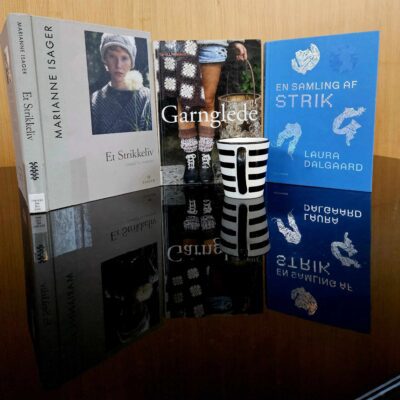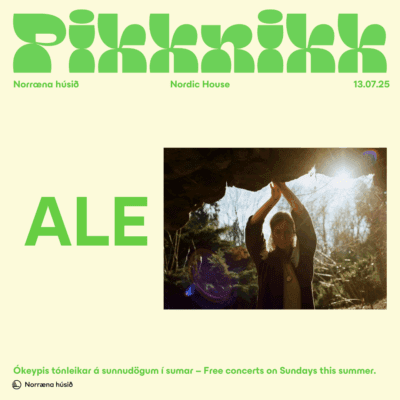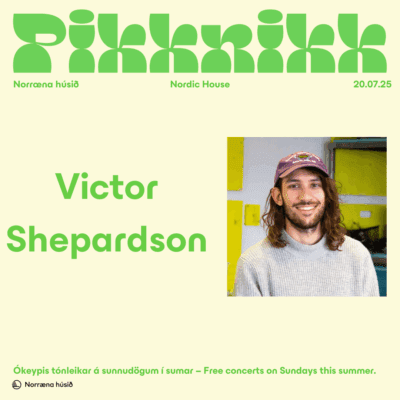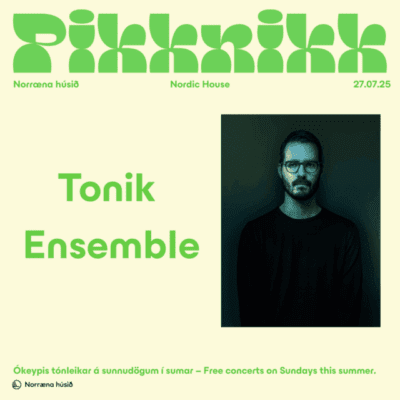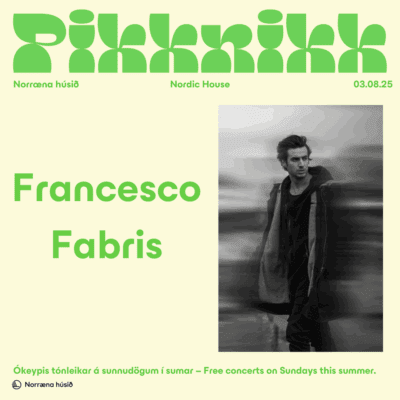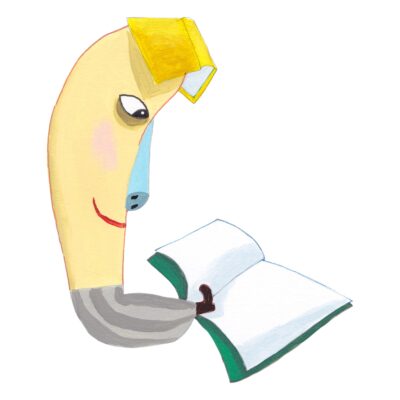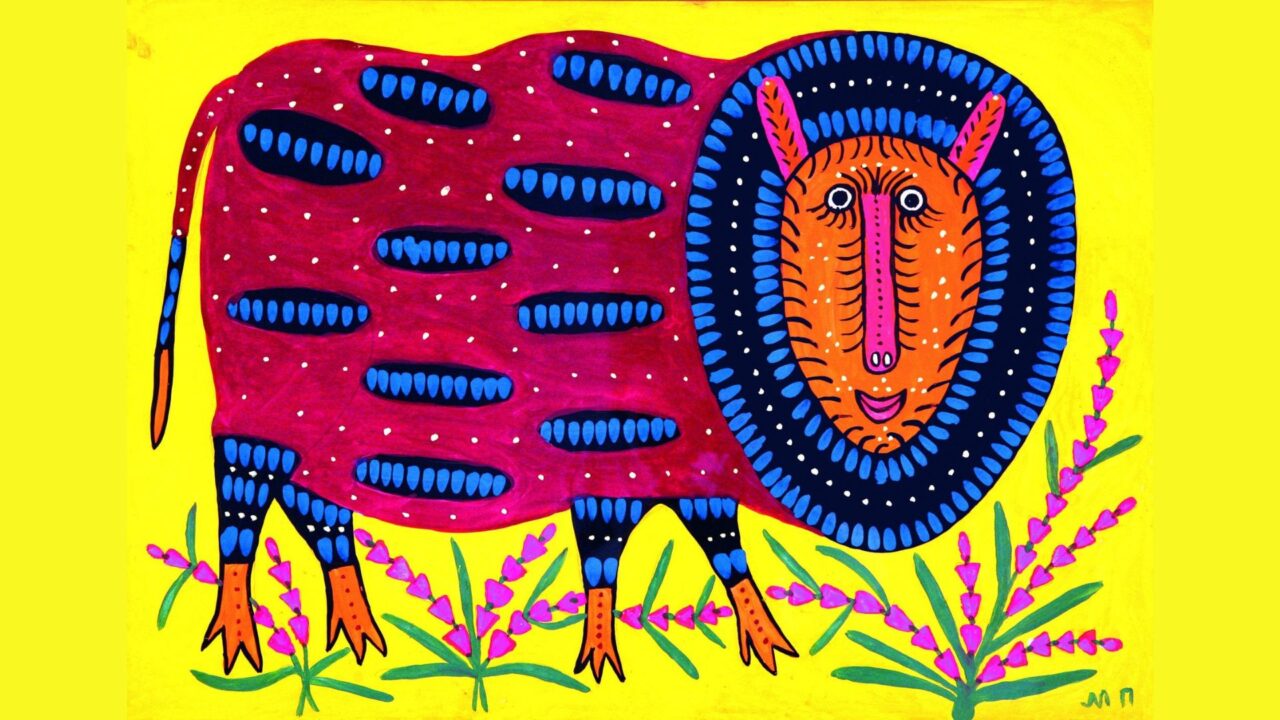
FURÐUVERUR – Fjölskyldustund
13:00 - 15:00
Hvaða leyndardóma geyma furðuverur Mariu Primachenko?
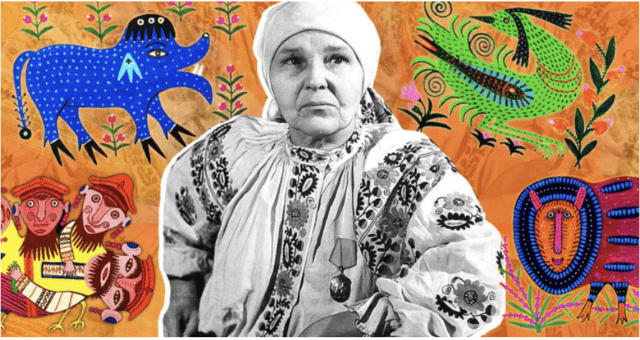
„I draw sunny flowers because I love people, I create for the joy, for the happiness of people, so that all nations love each other, so that they live like flowers all over the earth…“ – Maria Primachenko.
Maria Primachenko is a Ukrainian artist, a representative of „naive art“.
Art critics put the bright, original work of Maria Primachenko on par with the works of world-famous primitivist artists Henri Rousseau and Niko Pirosmani. Marc Chagall admired her works, and Pablo Picasso said: „I adore the talent of this genius Ukrainian”. Primachenko’s paintings have become a kind of phenomenon, because her unique, recognizable style, which is called „folk primitive“, Maria created herself, having studied for only one year in the experimental workshops of the Kiev Museum of Ukrainian Art.
Maria was born in 1909 in a small village Bolotnya in Kiev region and, despite the success of her work in Kiev, Paris, Prague, Vienna and other cities of Europe, she spent her life in her native village, never going to conquer the big cities.
During her long life Maria Primachenko created hundreds of narrative and ornamental compositions. She painted mostly in gouache, signed her works „M.P.“ and wrote the title on the back of it, which added new meanings to her paintings or revealed the content of her works. These small texts in the form of poems, proverbs or wishes form an integral part of the artist’s work. The artist wrote her fantasy titles in vernacular without any punctuation or grammar rules – Maria Primachenko graduated from a four-grade school. Simple and naive in a good way, these captions sound witty and amusing. „The bear and the baby are at the resorts. And the bear sucks his paw. Woe to the man who can’t cook.“
Interestingly, Maria Primachenko saw exotic animals only on TV, she never visited the zoo – so she still created „unseen animals,“ rather than drawing real lions, monkeys and crocodiles.
Maria Primachenko survived the Chernobyl disaster in her own house, located only 40 kilometers from the nuclear plant. When the artist’s family learned about the explosion her son Fedir suggested leaving home, Maria Primachenko refused and decided for everyone: „We won’t go anywhere. Go, pinch the cuttings. And then sit down and paint, so that people can see what beauty is on the ground. That’s how we stayed in our home village.”
The artist passed away in 1997, when she was 89 years old, and she painted till her last day in spite of severe illness – poliomyelitis, which she was ill with from her childhood. Her paintings and creativity kept her alive.
According to the decision of UNESCO, 2009 was the year of Maria Primachenko: this is how the world celebrated her 100th anniversary.
